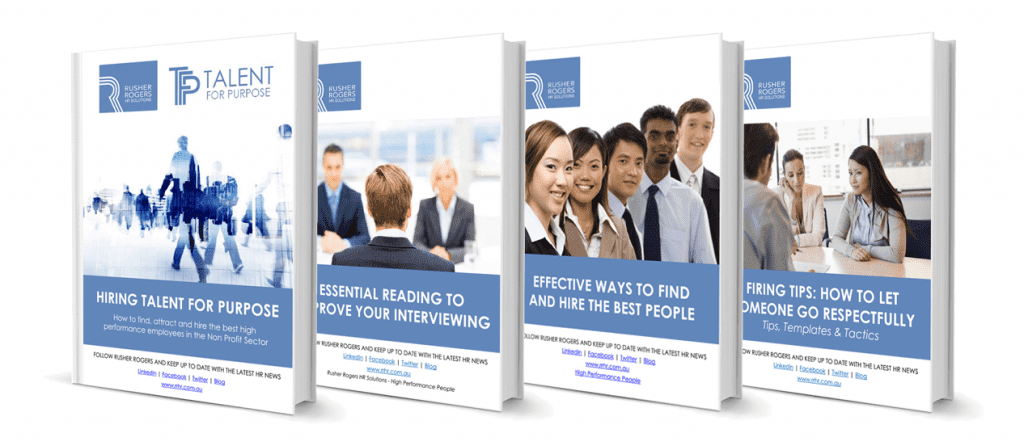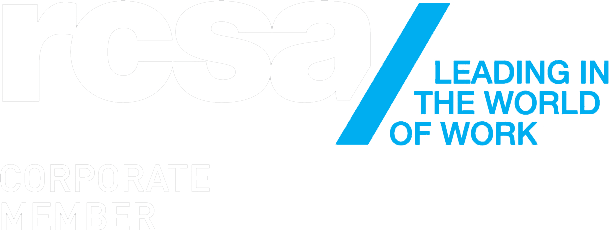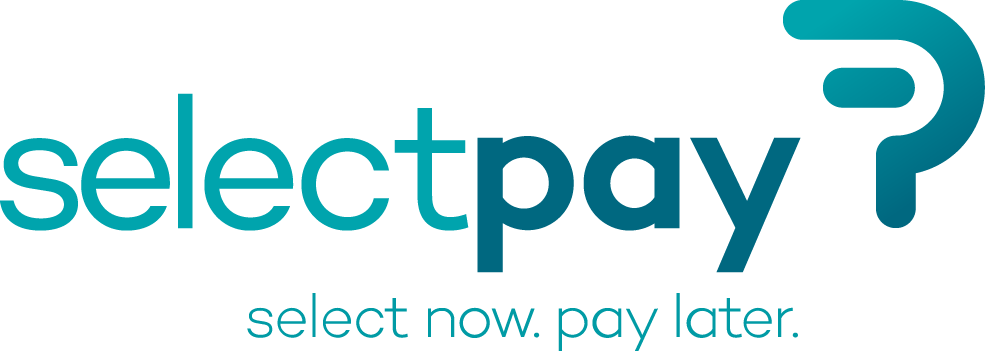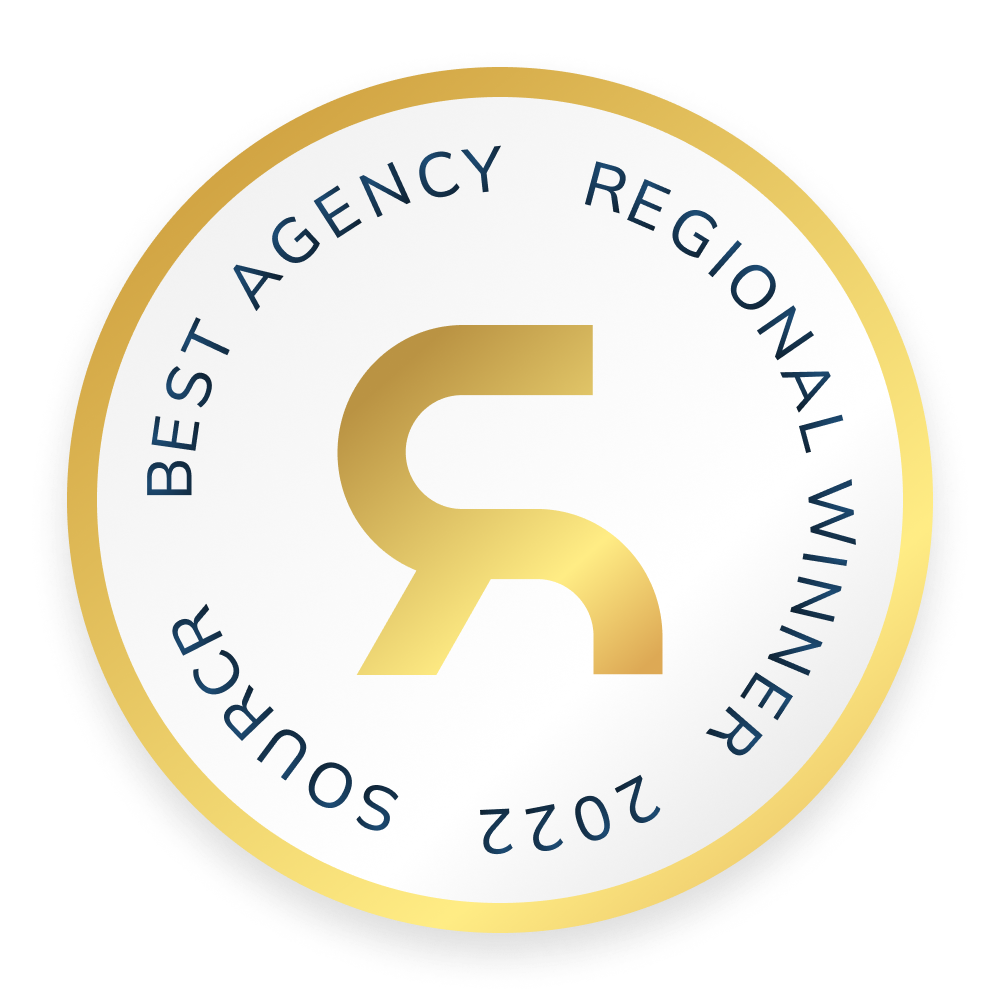
Over the next 12 months, HR will be central to how successfully an organisation will respond to, and transition its workforce to some sort of post-COVID norm. It doesn’t help that Australia’s C-suite are apparently out of touch when it comes to cultural change according to (Link here) research Insync conducted with AHRI. Australia’s C-Suite does not have a realistic view of company culture with …” a clear disconnect remaining [sic] across Australian businesses between the CEO’s impression of company culture and what is being felt at the frontline.”
This is not helpful
“With an estimated 4 out of every 5 impacted by lockdown and stay-at-home measures [sic] business and government have had to respond to this crisis quickly and rethink workforce strategies in real time” (Deloitte COVID-19 Workforce Strategies for Post-COVID recovery)
Most seemed to have realised that it will be a gradual transition with the prospect of grappling with multiple waves of the pandemic
One way or another the workforce as we know it is being redefined.
As one professional expert raised during our weekly Quarantini catch-up last week, Issues like cultural drift, increasing dependence on HR technology, WFH injury claims and managing an increasingly more complex workplace environment as employees elect to combine WFH and working on site, are just some of the issues top of mind for any HR professional.

None of us need reminding of the enormous and acute shift that this pandemic has forced us to make. Rohit Hasteer a contributor with SightsInPlus spruiks that this paradigm shift has allowed us to push mental boundaries and let go those tightly held, age-old ideas of what a modern workplace looks like.
“One of the positive changes, this unprecedented situation has brought is the shift in mindset. Today, everyone is more receptive and willing to go beyond established norms.”
From tech-enabled collaborative culture, flexibility and diversity, focus on employee welfare, innovation, real time goal setting, shift to a 24/7 work, anywhere, anytime mindset. Human touch may be a casualty but overall Hasteer is optimistic “While we may worry about the worst but I feel a positive future is likely and it depends on how organizations are able to modify and capitalize on the underlying changes.”
Others worry how the office is going to maintain its soul? See Link: Nicole Hammer, a smart +connected building strategist at WSP’s ThinkBOLDR Innovation Centre (US) writes that it is clear that a post-COVID office will need to have a greater focus on collaboration “In the long term, we’ll probably see more people continue to work at home more regularly and go to the office when they need to collaborate with someone or a group of people,” she says. “You can facilitate some really amazing sessions via Skype, Teams, Zoom, and there’s a lot that can happen to enrich the dialogue, but to drive innovation and especially culture forwards, we still need to have face-to-face collaboration.”
No matter what the challenge everyone seems to agree
“What we shouldn’t do is go back to how everything was. We’ve been handed a really unique, once-in-a-decade or maybe even once-in-a-career opportunity to think about what we really want the office to be, and about how we create spaces that are human-centric. If we end up going backwards, we’ll be doing everyone a disservice” (Kay Sargent Director of HOK’s global WorkPlace practice, HOK)
Current Jobs:
- Employee Relations Manager
- Service and Training Specialist
- General Temp Registration
- Accounting Assistant
- Marketing Strategist
- Contracts Manager





